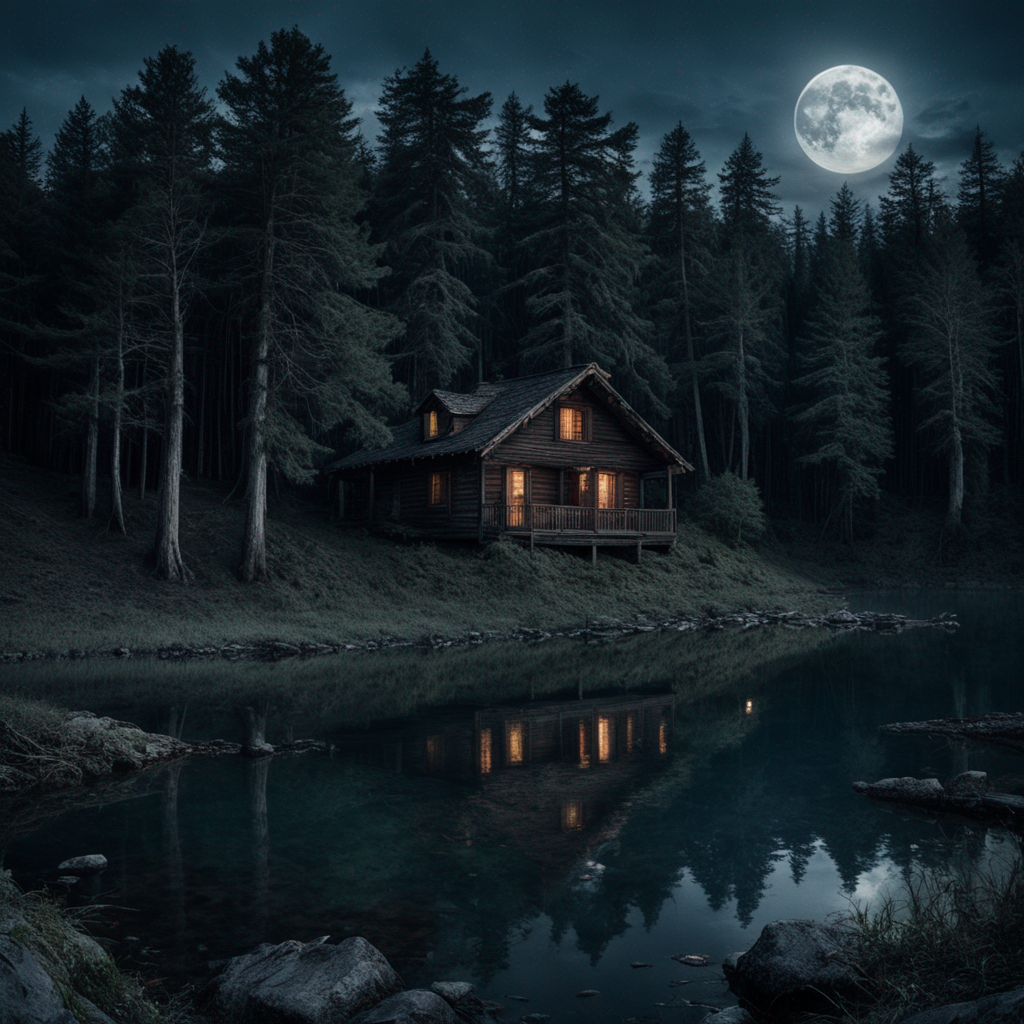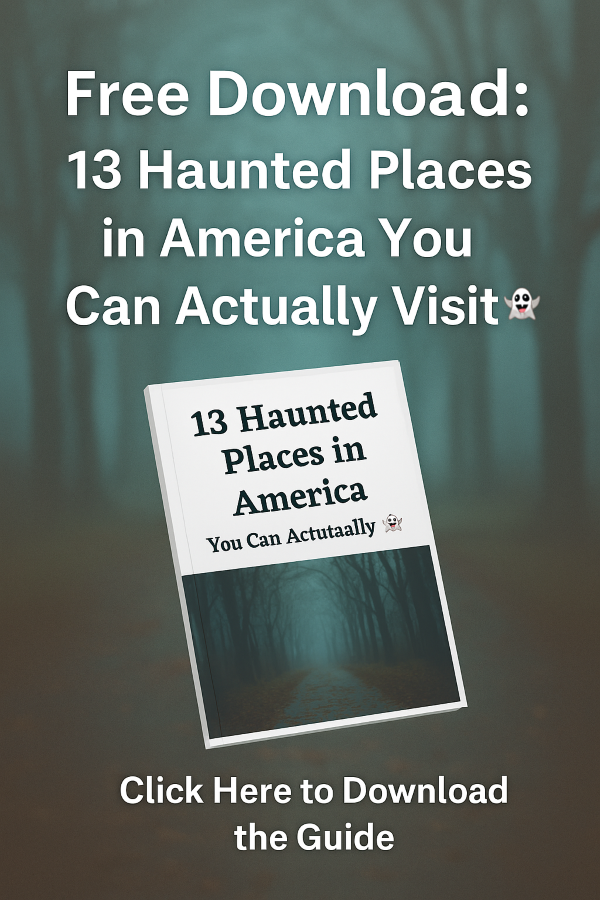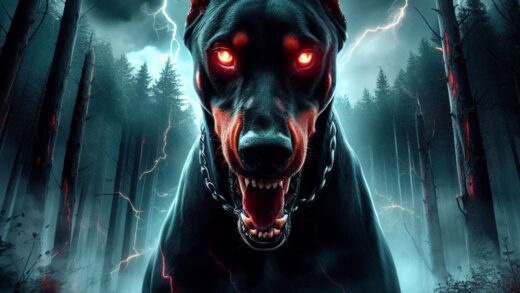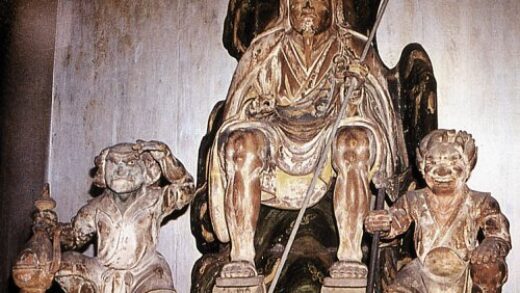A babysitter is hired to look after some children for the night while their parents go out. The parents inform the babysitter that once the children are in bed, she should go to a specific room to watch TV, ensuring she doesn’t disturb the children or the parents’ art collection in another part of the house.
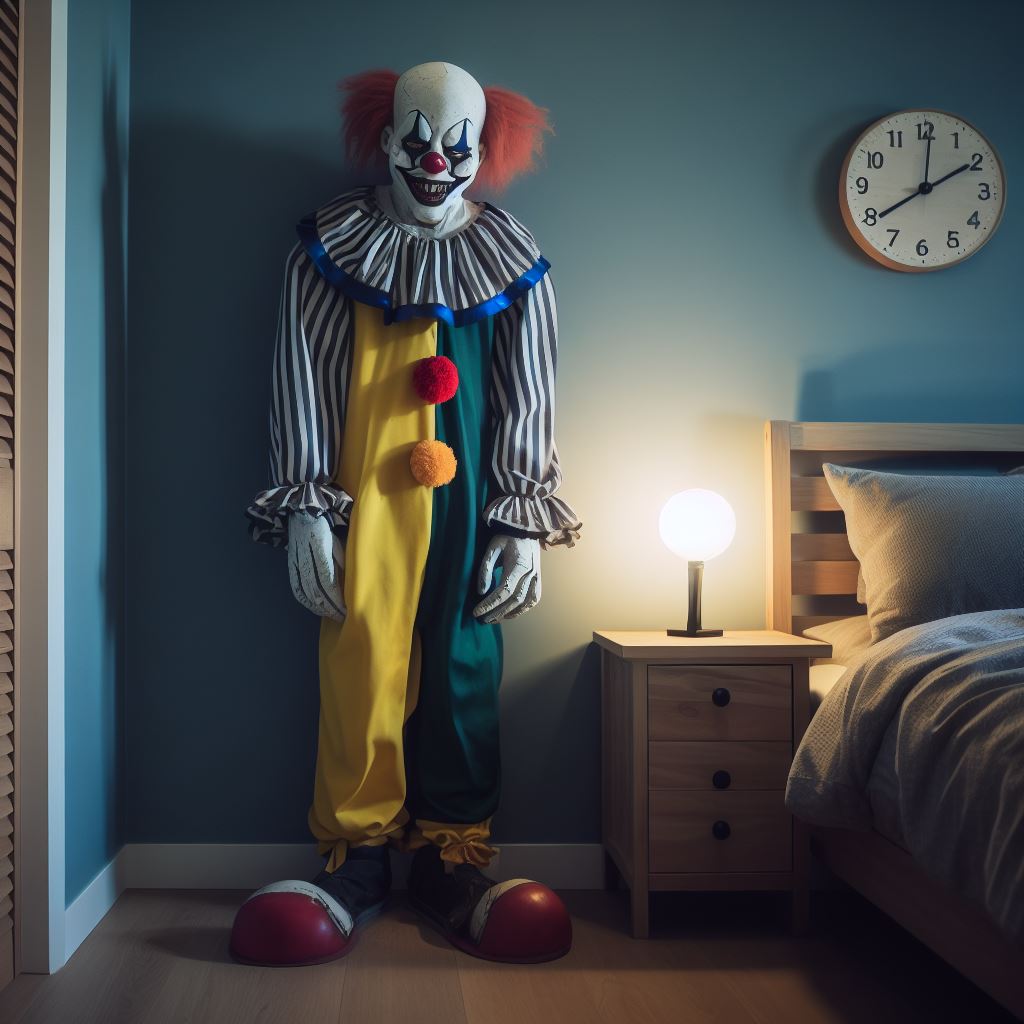
As the night progresses, the babysitter becomes increasingly uneasy about a life-sized clown statue situated in a corner of the room she’s in.
Its appearance unsettles her—particularly its lifelike eyes that seem to watch her. Trying to ignore her discomfort, she continues watching TV, but can’t shake off the feeling of being observed.
Deciding she can’t stand it anymore, she calls the parents to ask if she can move to another room because the clown statue is making her nervous.
There’s a pause on the other end before the mother urgently tells her to gather the children and leave the house immediately, then call the police.
As it turns out, the family doesn’t have a clown statue. The “statue” is actually a deranged intruder or escaped mental patient dressed as a clown. The family had been unaware of his presence in their home.
Variations:
- Different Figures: While the clown is the most popular figure in this legend, variations include other characters, such as an old doll or a different kind of statue.
- Warnings: In some versions, a sibling or a friend might have previously mentioned the clown to the parents, but it was dismissed as a child’s imagination or nightmare.
Origins:
The exact origins of the Clown Statue legend are unclear, but it taps into the fear many people have of clowns—a phenomenon known as coulrophobia. The story likely gained traction due to the inherent creepiness many associate with clowns.
Popularity:
This urban legend became widely circulated in the early 2000s, especially on internet forums and via email chains. Its premise—a threat lurking unnoticed inside one’s home—is a universal fear, making the tale both terrifying and memorable.
Literary and Cultural Impact:
The Clown Statue legend has inspired numerous adaptations in horror films, TV episodes, and online horror stories. Its lasting impact can be attributed to its effective play on common fears: the unfamiliar intruding upon the familiar and the vulnerability of being alone in a house with a potential threat.
Here are some real-life haunted clown dolls and locations associated with creepy clowns:
1. Haunted Clown Doll at The Monroe House
Location: Hartford City, Indiana
History: The Monroe House is infamous for its paranormal activity, often tied to spirits from its dark past. Investigators have reported a haunted clown doll in the house that allegedly moves on its own. Visitors claim it changes positions overnight, and some have reported hearing laughter in empty rooms.
Paranormal Activity:
- The clown doll shifting positions without explanation.
- Disembodied giggling.
- Feelings of unease when near the doll.
Paranormal Activity Rating: Medium
Full Story on the Monroe House
2. Clown Motel – The Most Haunted Motel in America
Location: Tonopah, Nevada
Phone: +1 (775) 277-0999
Website: www.theclownmotelusa.com
History:
Built next to a 100-year-old cemetery, the Clown Motel is home to hundreds of clown figurines and memorabilia, making it a nightmare for those with coulrophobia. The eerie atmosphere is intensified by reports of paranormal activity.
Hauntings:
- Guests report seeing ghostly clowns moving in the hallways.
- Unexplained knocking on walls and doors at night.
- Shadows moving between rooms when no one is there.
- EVPs (electronic voice phenomena) capturing eerie whispers.
Paranormal Activity Rating: High
Read More About the Clown Motel
3. Haunted Clown Doll at The Island of the Dolls
Location: Xochimilco, Mexico
History: The Isla de las Muñecas (Island of the Dolls) is infamous for its eerie collection of dolls hanging from trees. Among them is a particularly unsettling clown doll said to move on its own and blink at visitors.
Paranormal Activity:
- The clown doll shifting positions between visits.
- Eyewitnesses claim it has changed expressions.
- Visitors report hearing whispers from the doll.
Paranormal Activity Rating: Very High
Click here for the full story and location about The Island of the Dolls
Much like the Vanishing Hitchhiker, The Clown Statue urban legend serves as an eerie reminder of the unknown and the dangers that might be hiding in plain sight.
